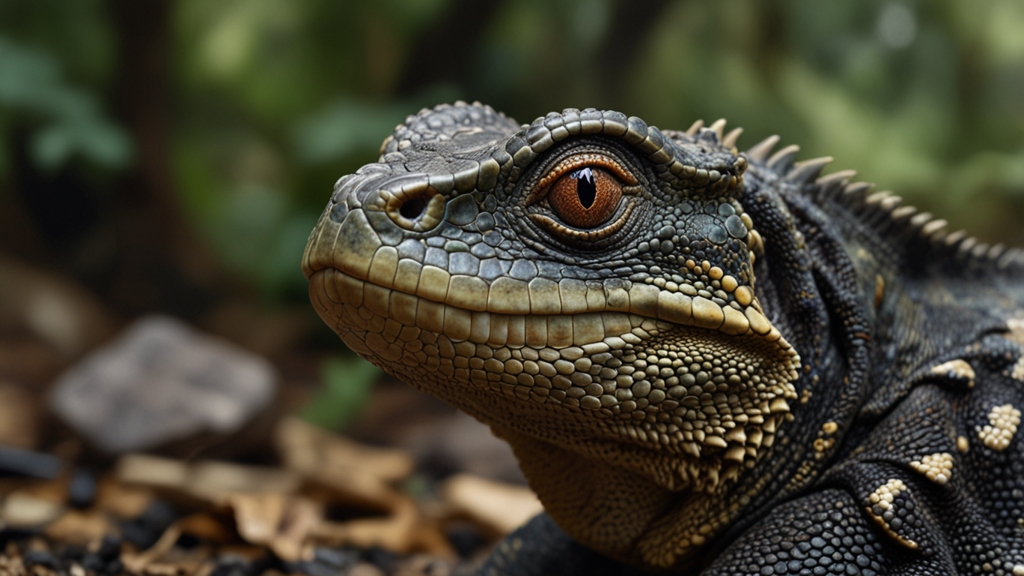The Hidden Lives of Snakes: Secrets Buried in the Grass
Snakes are often shrouded in an aura of mystique and fear, relegated to the shadows of our natural world. Their secretive nature has led to a plethora of myths and misunderstandings. However, these enigmatic reptiles play a crucial role in maintaining the balance of ecosystems around the globe. By delving into the hidden lives of snakes, we can uncover the fascinating secrets buried in the grass.
Masters of Stealth and Camouflage
One of the defining characteristics of snakes is their exceptional ability to blend into their surroundings. Their scales, often adorned with intricate patterns and colors, act as natural camouflage, allowing them to evade predators and ambush prey. For instance, the Eastern Diamondback Rattlesnake, with its diamond-shaped markings, is virtually invisible against the leaf-littered forest floor.
"Snakes are the ninjas of the natural world. Their ability to move silently and remain unseen is both their greatest defense and their most lethal weapon." - Dr. Emily Harris, Herpetologist
Intelligent Predators
Snakes are not merely reactive creatures; they are intelligent and adaptive predators. They employ a variety of hunting techniques, from active foraging to patient ambush. The Black Mamba, for example, uses its incredible speed and agility to chase down prey, while the Burmese Python relies on stealth and strength to constrict its victims. Snakes also have highly developed senses, including heat-sensing pits in some species that allow them to detect warm-blooded prey even in complete darkness.
Moreover, some snakes exhibit problem-solving abilities and can remember successful hunting strategies. This intelligence is a testament to their evolutionary success and their ability to thrive in diverse environments.
Vital Ecosystem Roles
Despite their fearsome reputation, snakes are indispensable to healthy ecosystems. They help control populations of pests, such as rodents and insects, which can otherwise wreak havoc on crops and transmit diseases. The presence of snakes in an area often indicates a balanced ecosystem, as they occupy various trophic levels and serve as both predator and prey.
"The fear of snakes is so deeply ingrained in many cultures, yet their ecological importance cannot be overstated. They are nature's pest control and play a critical role in maintaining biodiversity." - Professor Mark Twain, Ecologist
Conservation Challenges
Despite their ecological significance, snakes face numerous threats, primarily due to human activities. Habitat destruction, climate change, and the illegal pet trade have led to declines in snake populations worldwide. In some regions, snakes are hunted for their skin, meat, or out of fear, exacerbating the risk of extinction for certain species.
Conservation efforts are crucial to protect these misunderstood reptiles. Education and awareness campaigns can help dispel myths and foster coexistence between humans and snakes. Protected areas and legislation against poaching and habitat destruction are also vital steps in ensuring the survival of these fascinating creatures.
Conclusion: Embracing the Mystery
The hidden lives of snakes offer invaluable insights into the complexity and beauty of our natural world. By shedding light on their secretive ways, we can appreciate their role in ecosystems and the delicate balance they help maintain. Snakes, with their blend of stealth, intelligence, and ecological importance, deserve not our fear but our respect and protection.
As we continue to uncover the secrets buried in the grass, we have the opportunity to foster a greater appreciation for these remarkable reptiles and the intricate web of life they are part of.












